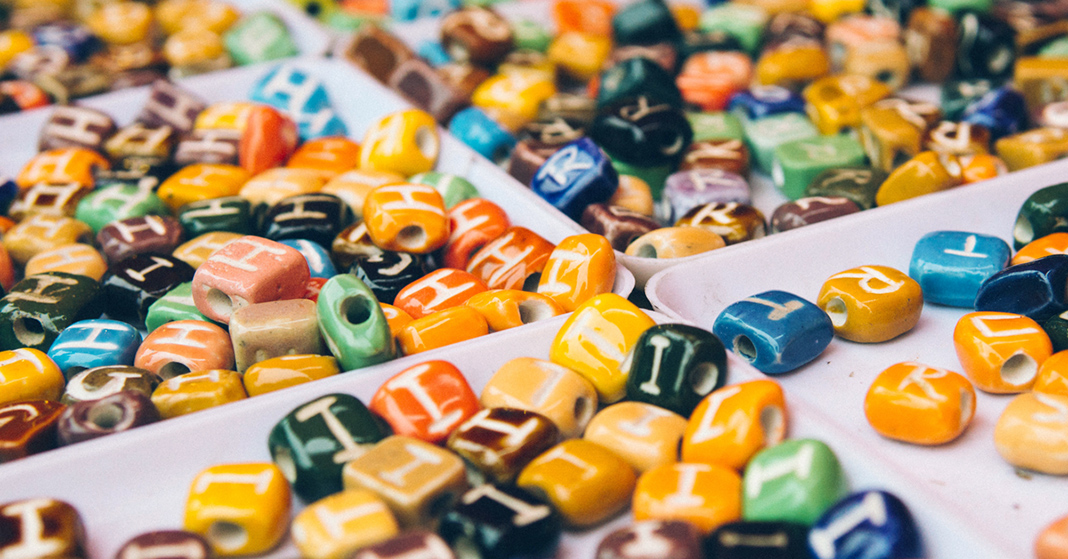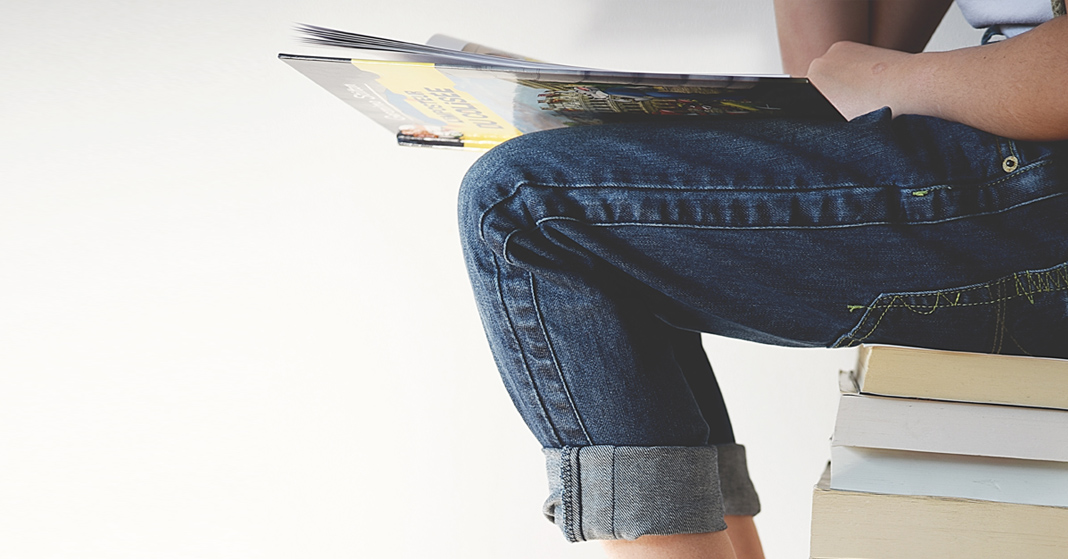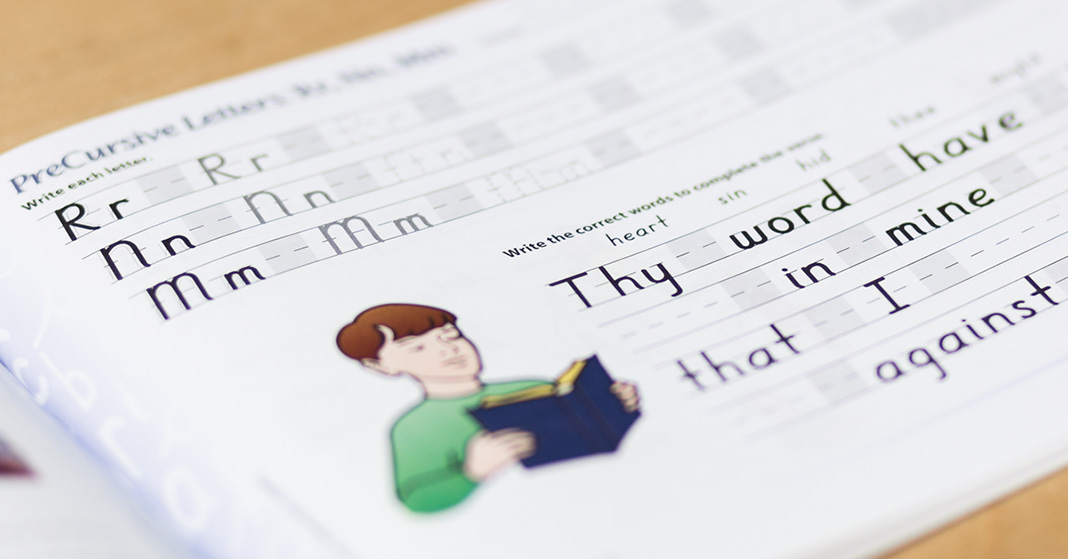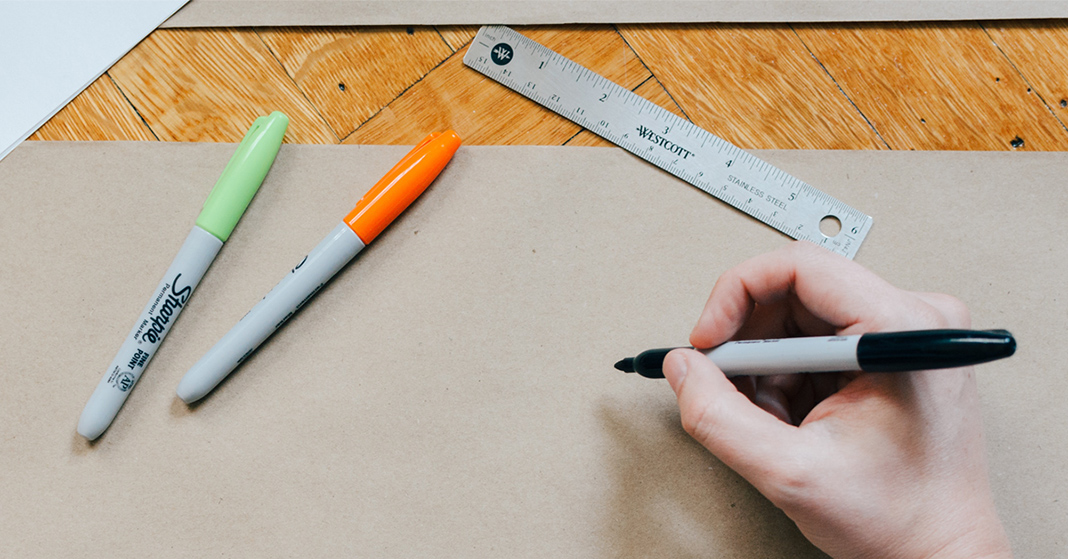
What can you learn from a board game? A lot! When kids play board games, they practice various skills, including counting, color matching, strategy, addition, and reading. Depending on the game, more complex skills such as deduction, money management, or spelling may be involved.
Maybe your family is a little tired of the games you currently own; if so, why not create your own family board game? It’s an interactive activity that everyone can enjoy. Try these tips for getting started.
Start with a Theme or Idea for Your Board Game
First, you need an idea or a theme. Maybe your kids love racecars or dinosaurs or fairy-tale characters—any of those could be the beginning of an exciting game. For additional inspiration, check out blogs and websites that offer ideas for DIY board games.
Decide on the Structure
You can let your kids run free, so to speak, designing their game with any rules or layout they prefer. However, if you really want it to work as a family board game, you may need to have a hand in planning the structure, especially if your kids are younger. It helps to have a goal or objective in mind—maybe collecting a certain number of items, reaching the end of the path first, solving a specific number of riddles, or completing a variety of challenges.
Are you struggling to come up with a workable game design? Consider modeling your creation after a familiar game such as Chutes & Ladders, Candyland, Monopoly, or another favorite, and then come up with a different layout, game pieces, and extra objectives or rules.
Create the Game Board
This part is probably the most enjoyable, especially if you have kids who love drawing, coloring, and crafting. The board could be simple—just some colored squares glued on paper in the shape of a path. It could be a complex map of a wilderness (complete with cliffs and waterfalls), a floor plan of the rooms of a castle, or a grid of hidden clues or challenges written on sticky notes.
If you have active children, consider making the board life-size! Draw it with markers on a cheap plastic tablecloth or an inexpensive white shower curtain, and let your kids use themselves or their stuffed animals and dolls as the game pieces.
Choose the Game Pieces
If you’re sticking with a traditional size for your family board game, you’ll need some game markers and other pieces. You can make your own spinner or borrow one from another game; a tiny hourglass or some dice are other items you can temporarily grab from a different game box.
If your kids are feeling really inventive, let them try fashioning their own dice, as well as cutting out and coloring the other game pieces. For a quicker solution, use anything you have on hand—Lego minifigures, small toys, craft sticks, cotton balls, pennies, seashells, or bottle caps.
Write Down the Rules—But Be Flexible
Before you begin, write down a few basic rules for your family board game. As you and your kids attempt to play it, you’ll probably discover some rules that don’t work well and others that need to be added. Remind your children that they are game developers and that game developers have to go through a testing phase before the game is perfect.
When it’s finished, you may have a wonderful game that your family can enjoy for years—or you may have a mess of paper and random objects that don’t really work well together. It’s OK either way! At least you’ll have enjoyed a session of creativity together as a family—and you can always try again!
• • • • •
Rebecca is a work-at-home freelance writer, novelist, wife, and the mom of two bright-eyed little ones. She credits her success in writing and her love of books to her own mom, who homeschooled three kids from pre-K through high school.
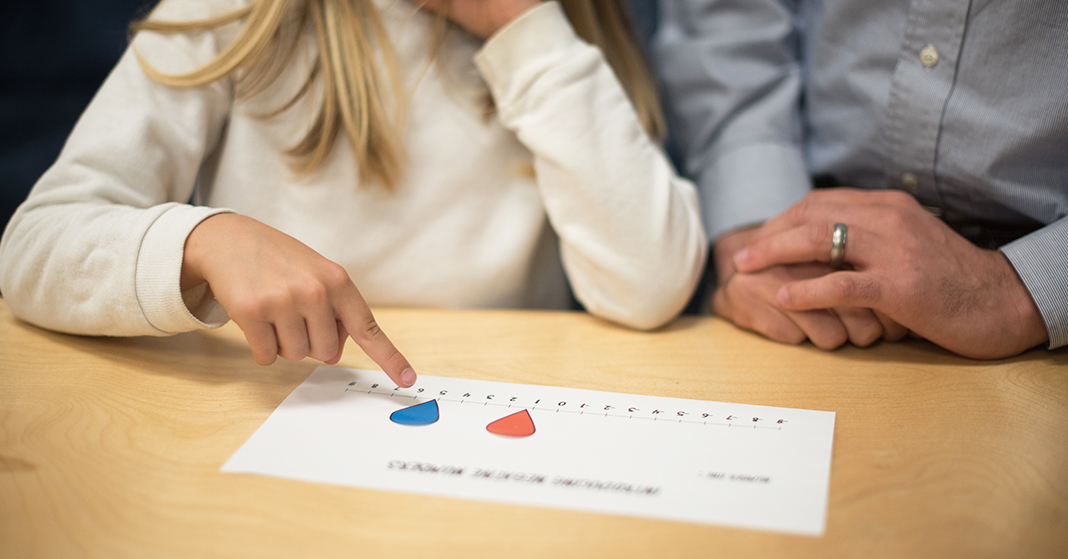
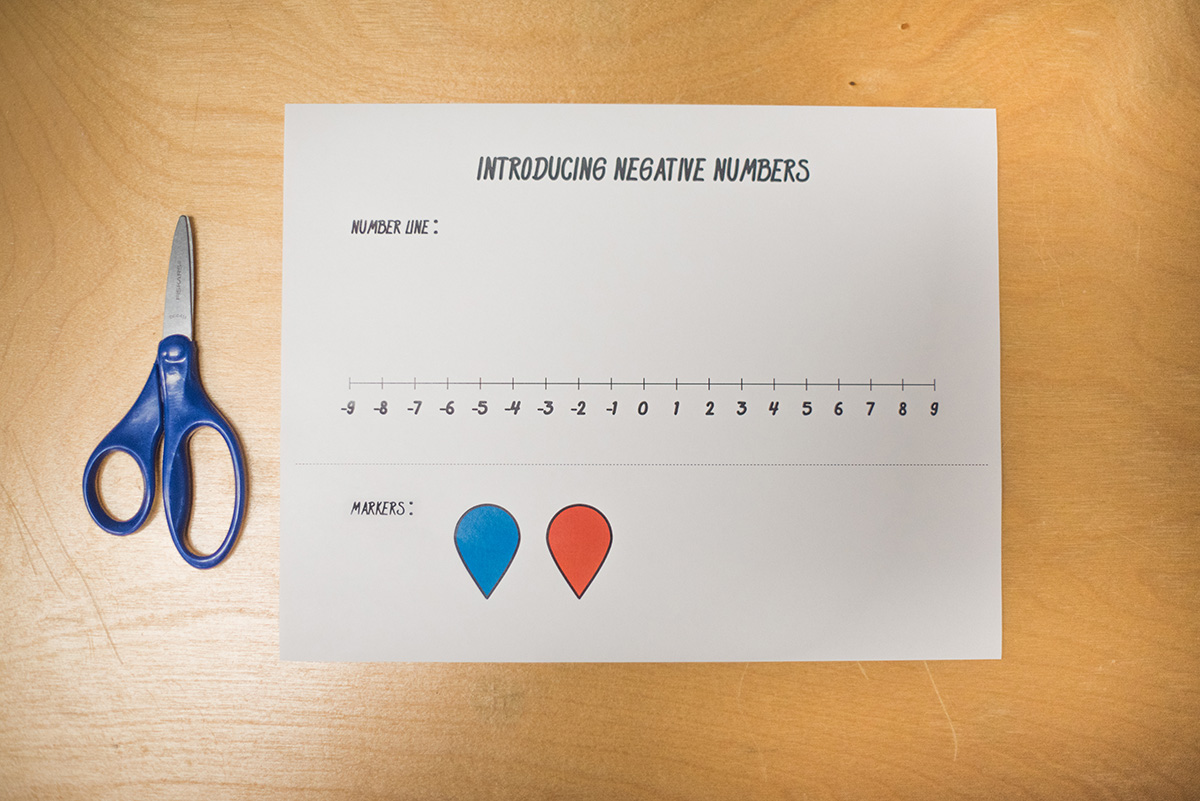 Materials
Materials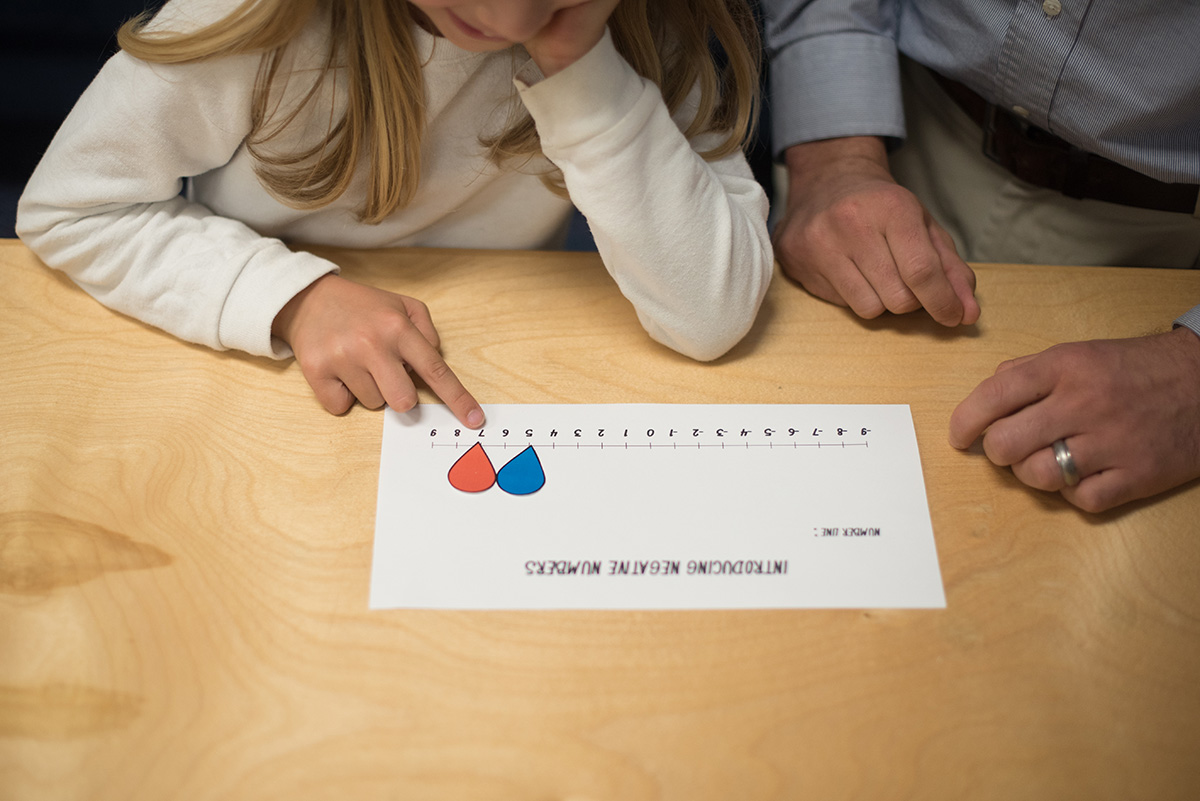
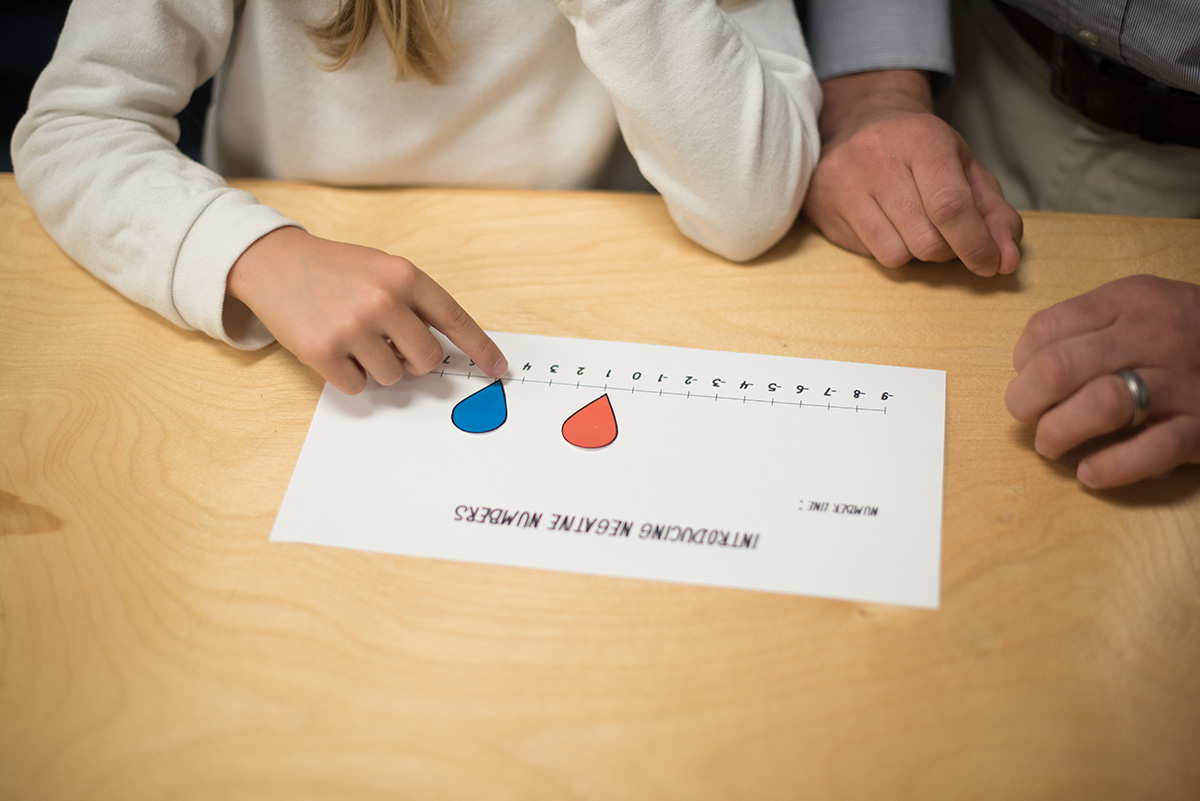
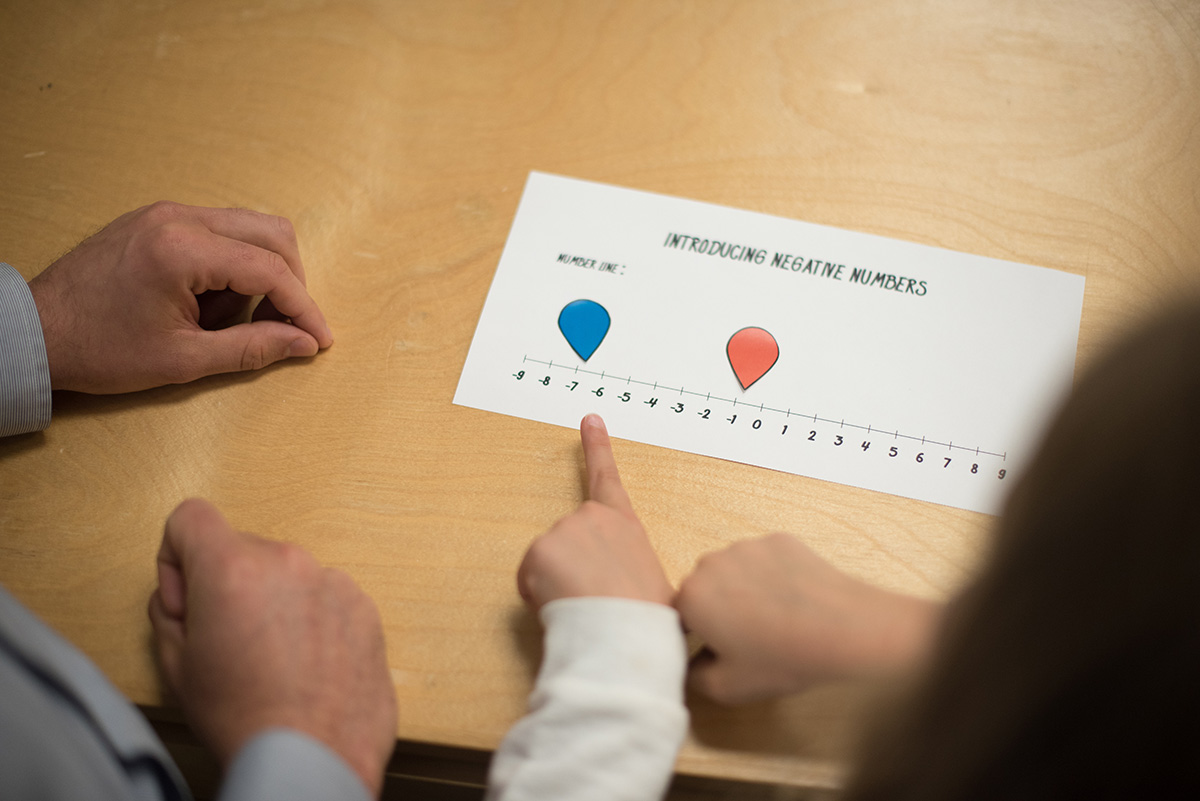
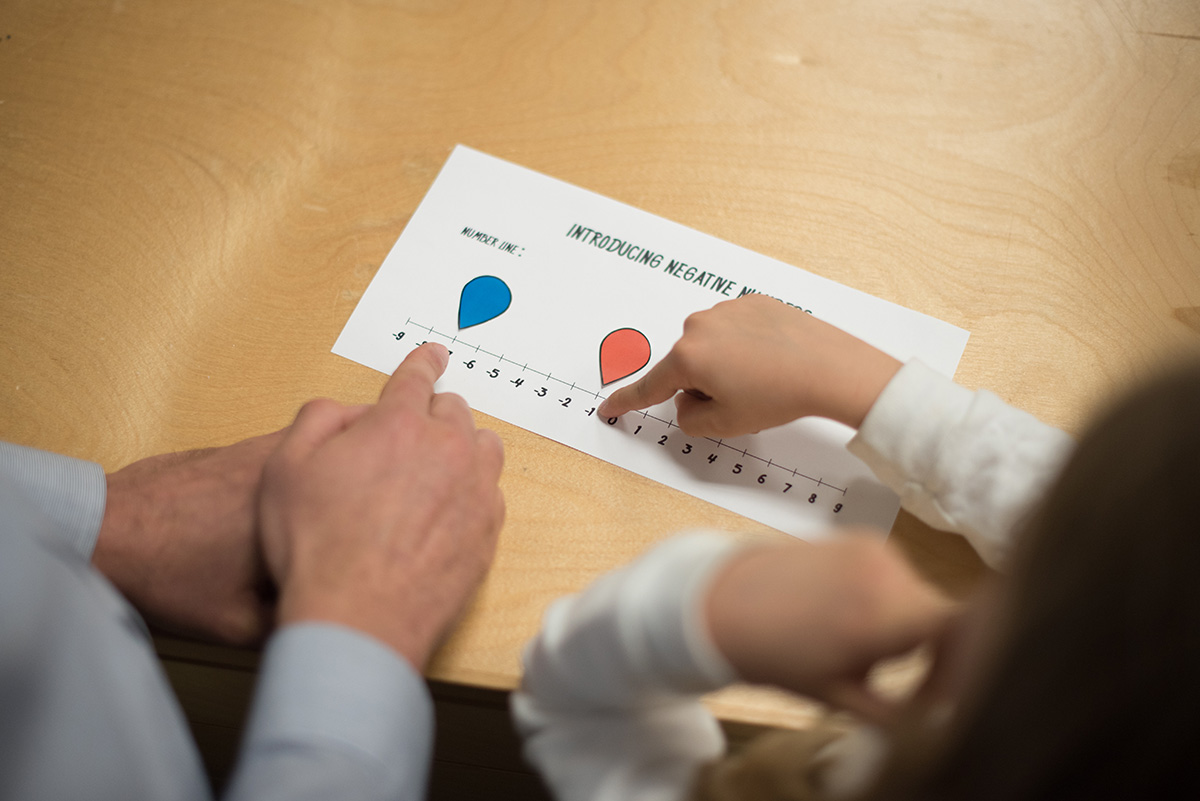 Developing Understanding
Developing Understanding